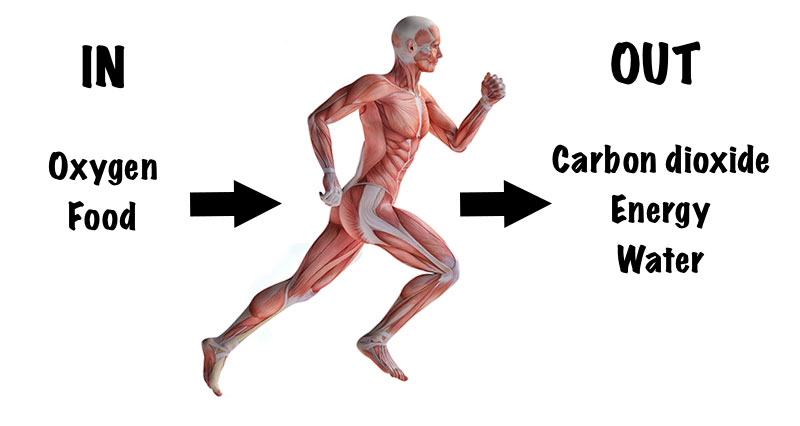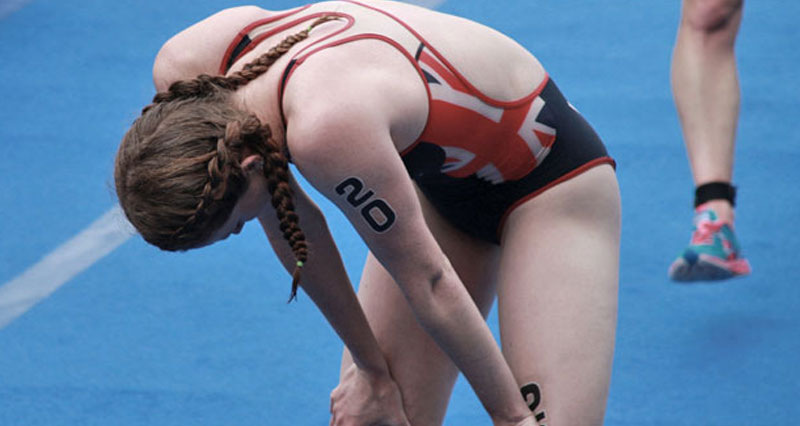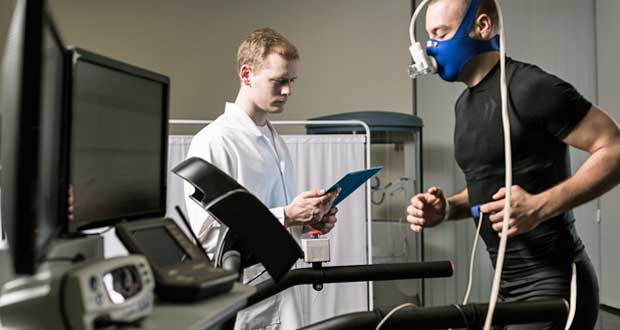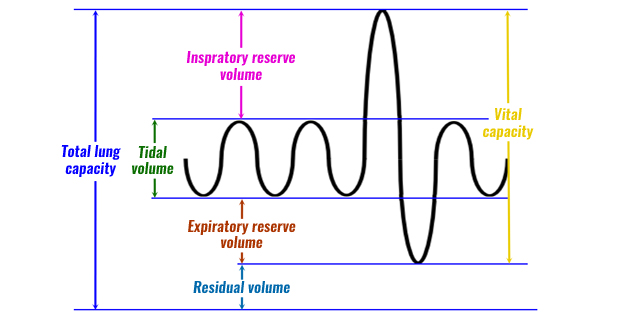Circulatory System Function
The function of the circulatory system is to transport blood around the body. It consists of the heart and blood vessels. The main organ of the circulatory system is the Human Heart. The other main parts of the circulatory system include the Arteries, Arterioles, Capillaries, Venules, Veins, and Blood. The lungs also play a major part in the pulmonary circulation system. The function […]
Circulatory System Function Read More »










